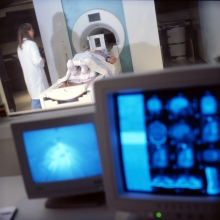Society recognizes distinguished Canadians who have made remarkable contributions to their academic fields and public life
Sylvain Baillet, PhD, a global leader in brain imaging and systems neuroscience, has been inducted into the Royal Society of Canada, one of the nation’s highest academic honours.











